
Cape Coast — THE Central Region is making progress in its fight against teenage pregnancy as a trend analysis indicates that the prevalence has reduced by nearly 2,000 over the last five years.
From 13,355 cases recorded in 2014, it reduced to 13,014 in 2015, plummeted to 12,404 in 2016, declined further to 11,474 in 2017 and to 11,386 last year, per the Ghana Health Service (GHS) Antenatal Care (ANC) records.
Albeit the rate is still high, the gains being made helped the region drop from its long held apex position on the teenage pregnancy 'league table' to second place in the Ghana Maternal Health Survey ,2017.
Mrs Thywill Kpe, the Regional Director of the Department of Gender disclosed this in a presentation in Cape Coast on Monday during a field tour by a delegation from UNICEF, UNFPA and their partners to the region.
The three-day tour of the region, which started on Monday, is to assess the progress of a joint programme dubbed, 'Empowering Adolescent Girls through Improved Access to Comprehensive Sexual Education (CSE) and Rights-Based Quality Sexual Reproductive Health (SRH) Services in Ghana' funded by Canada Global Affairs.
Began last year and running in 36 districts in eight regions, the three-year programme, is expected to improve access of adolescent girls, in and out of school, to gender-sensitive CSEs and SRH and help reduce adolescent pregnancy
The gains, according to Mrs Kpe were as a result of diverse factors including increased public education by the department, GHS, and other stakeholders in the region including programmes and interventions being implemented by UNICEF, UNFPA and other development partners.
Delving into the district breakdown of last year's figures, she said Asikuma-Odoben-Brakwa had the highest cases of 18.23 per cent among the 22 districts, followed by Assin South with 17.99 and Agona East with 17.08, Awutu Senya recorded the least of 7.84 trailed by regional capital, Cape Coast with 8.12 per cent.
Mrs Kpe said in 2017, the GHS as part of efforts to get data on persons responsible for pregnancies introduced a data gathering initiative called, 'Who makes the adolescent pregnant' which revealed age, profession and marital status.
She said that year, 1,859 electricians were responsible for teenage pregnancy in the region, followed by small scale farmers (1,733); drivers (1,476); fishermen (696); masons (638); traders (493); unemployed (491); students( 319); with others including motor riders, small scale miners and tailors.
Mrs Kpe also touched on domestic violence, revealing that reported cases shot up from 2,666 in 2016 to 3,409 in 2017 and increased minimally to 3419 with non-maintenance and assault cases leading the charts over the three years.
On challenges being faced, Mrs Kpe mentioned inadequate logistics for programmes monitoring, non-availability of Police Domestic Violence and Victim Support Unit (DOVVSU) offices in some districts, charges for endorsing medical forms for rape and defilement victims.
She said the region could reduce teenage pregnancies further if collaboration amongst stakeholders was enhanced.
Read Full Story
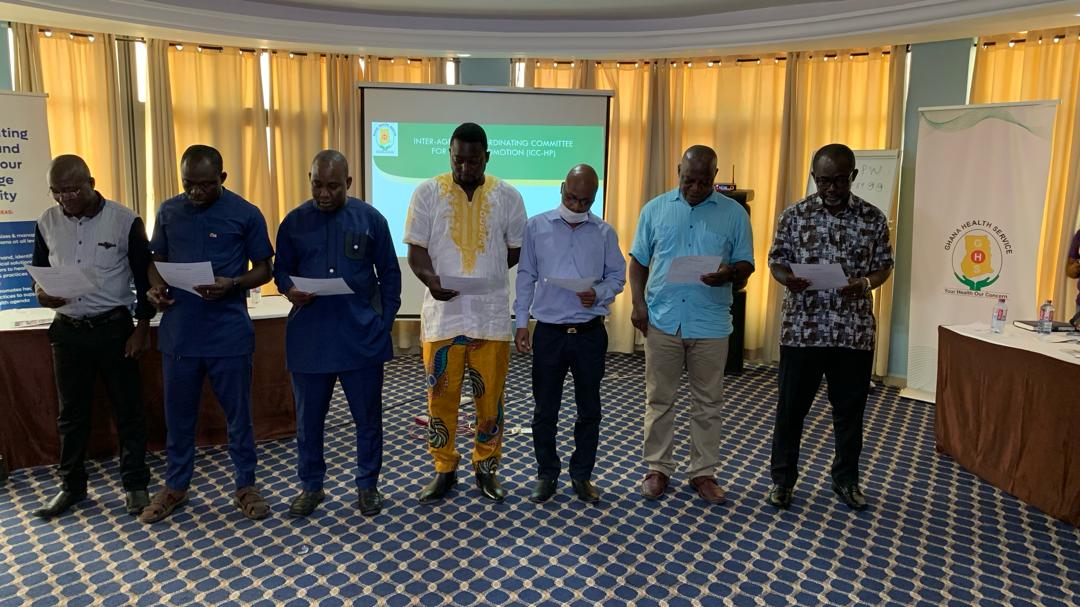

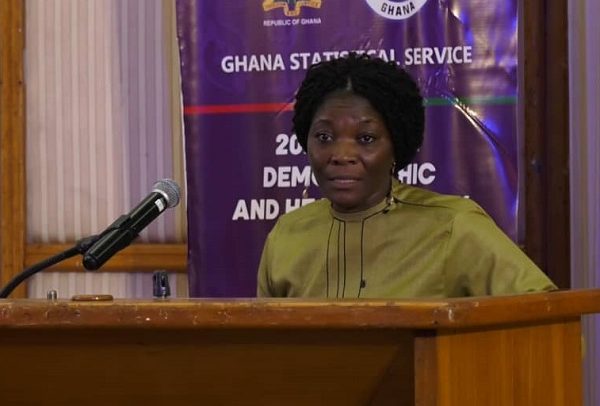

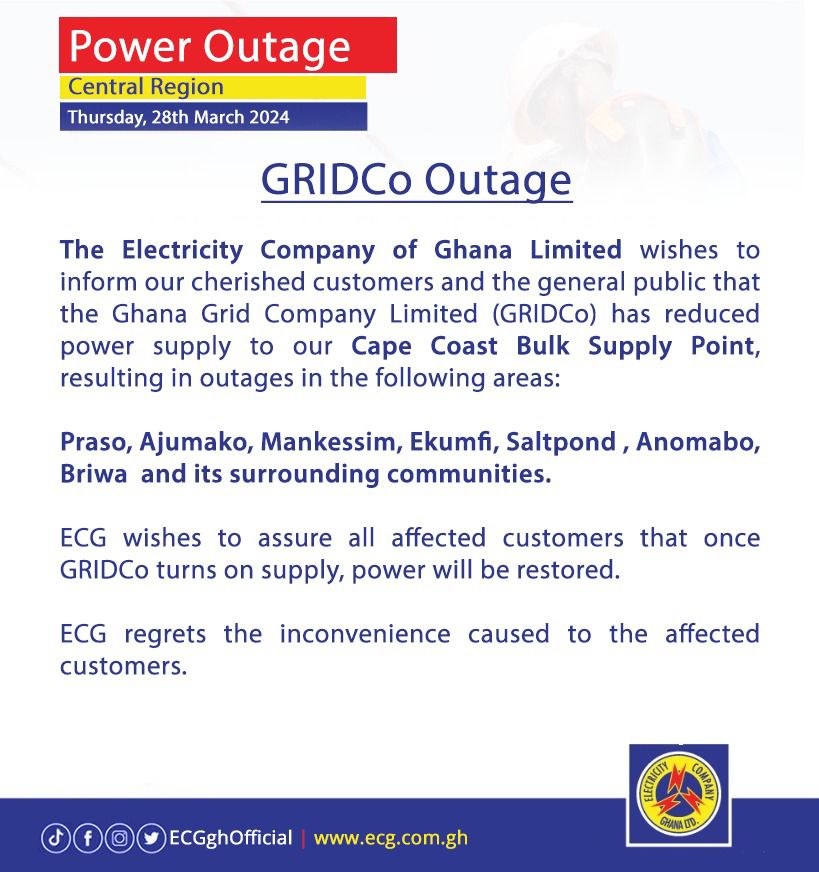
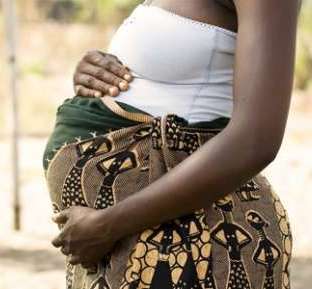
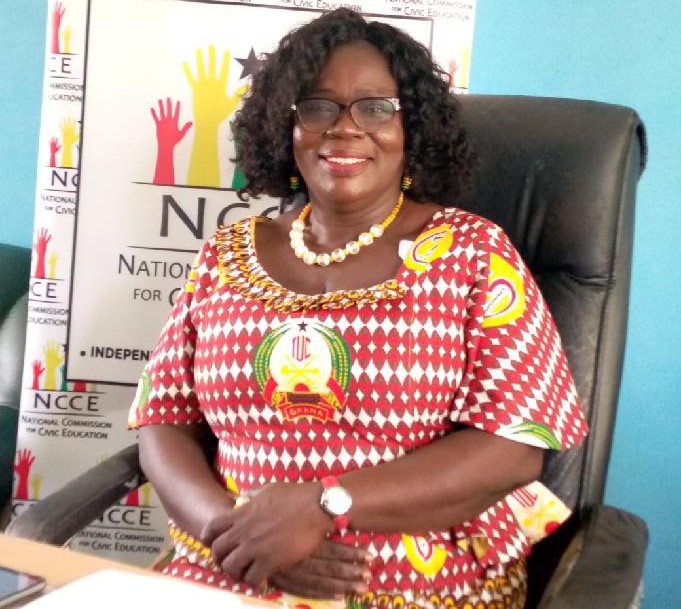
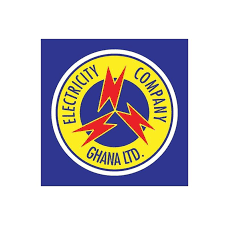













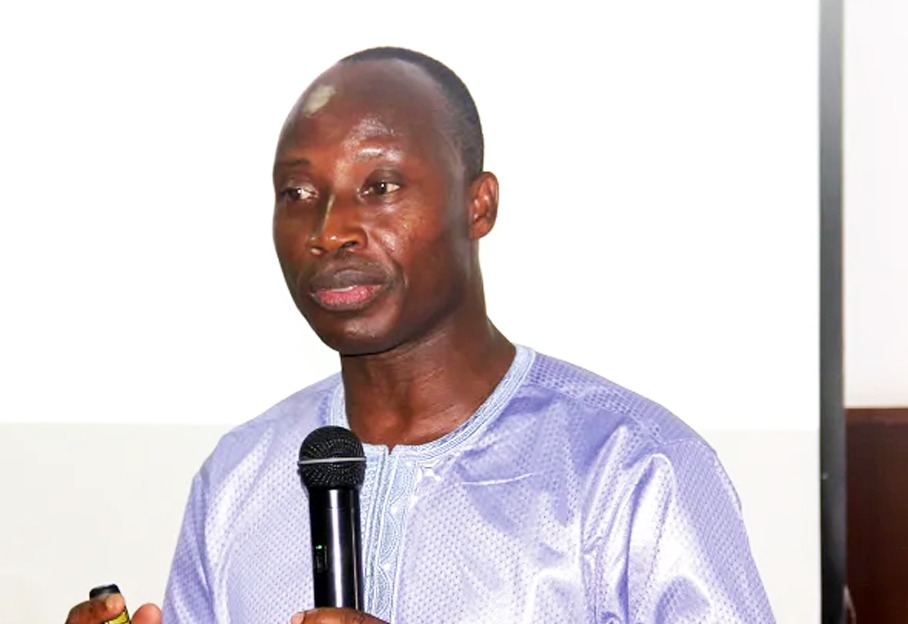

Facebook
Twitter
Pinterest
Instagram
Google+
YouTube
LinkedIn
RSS